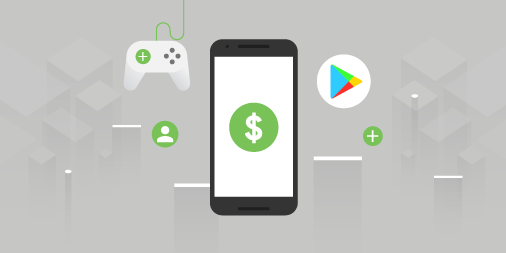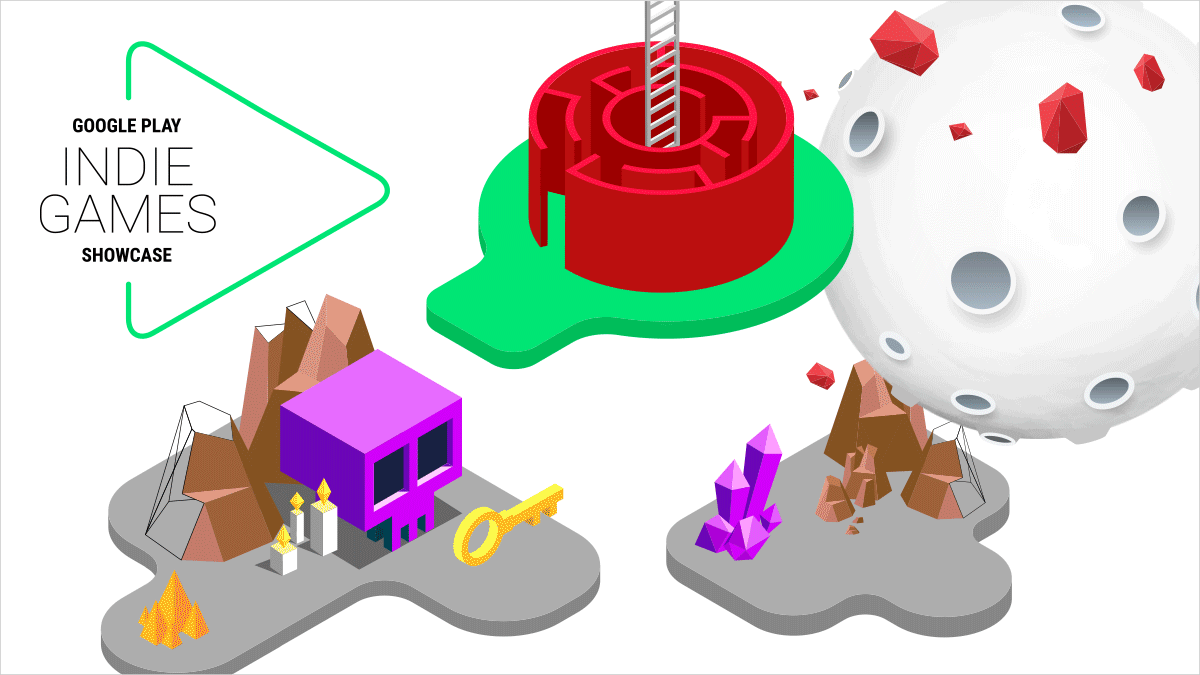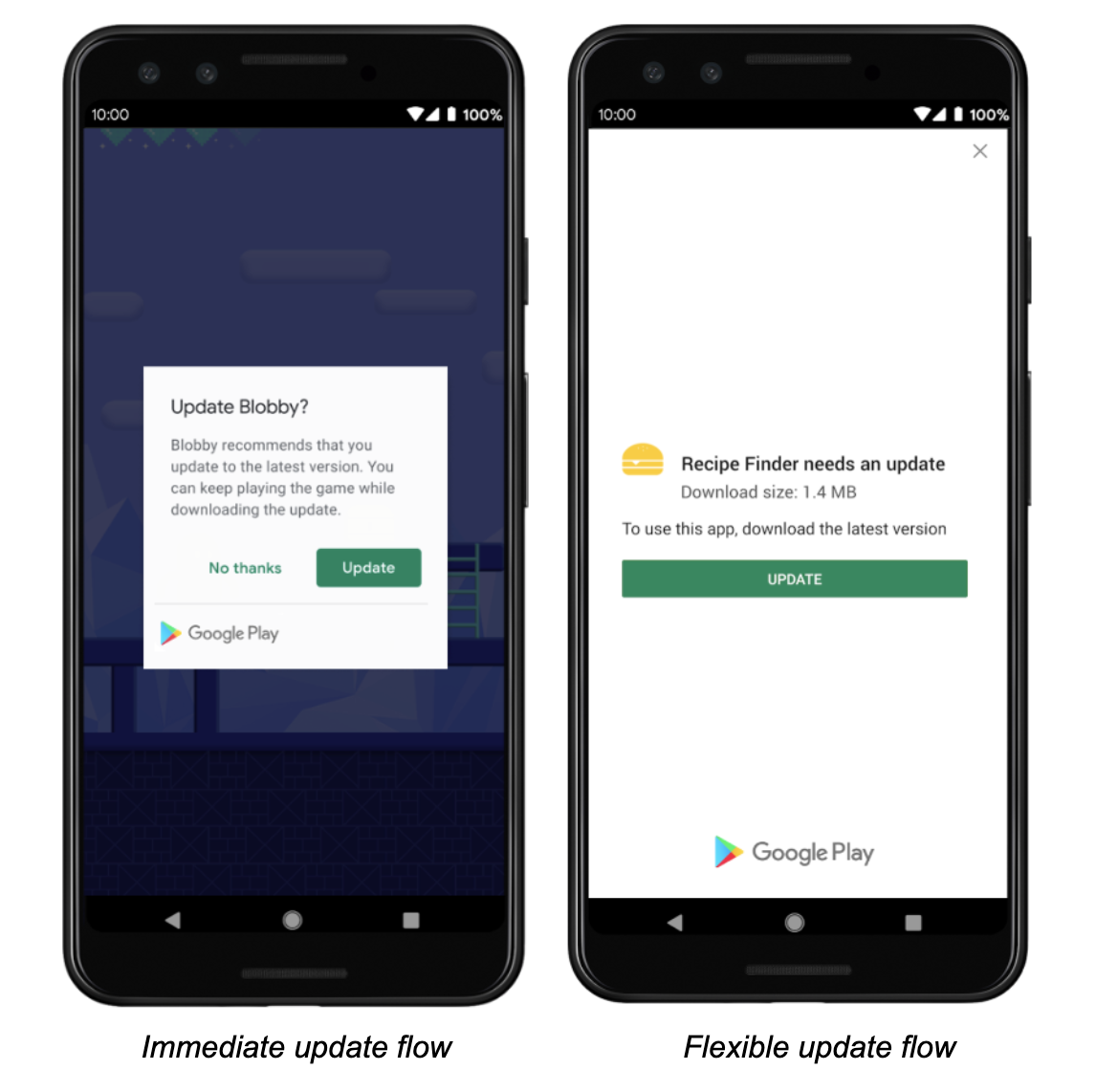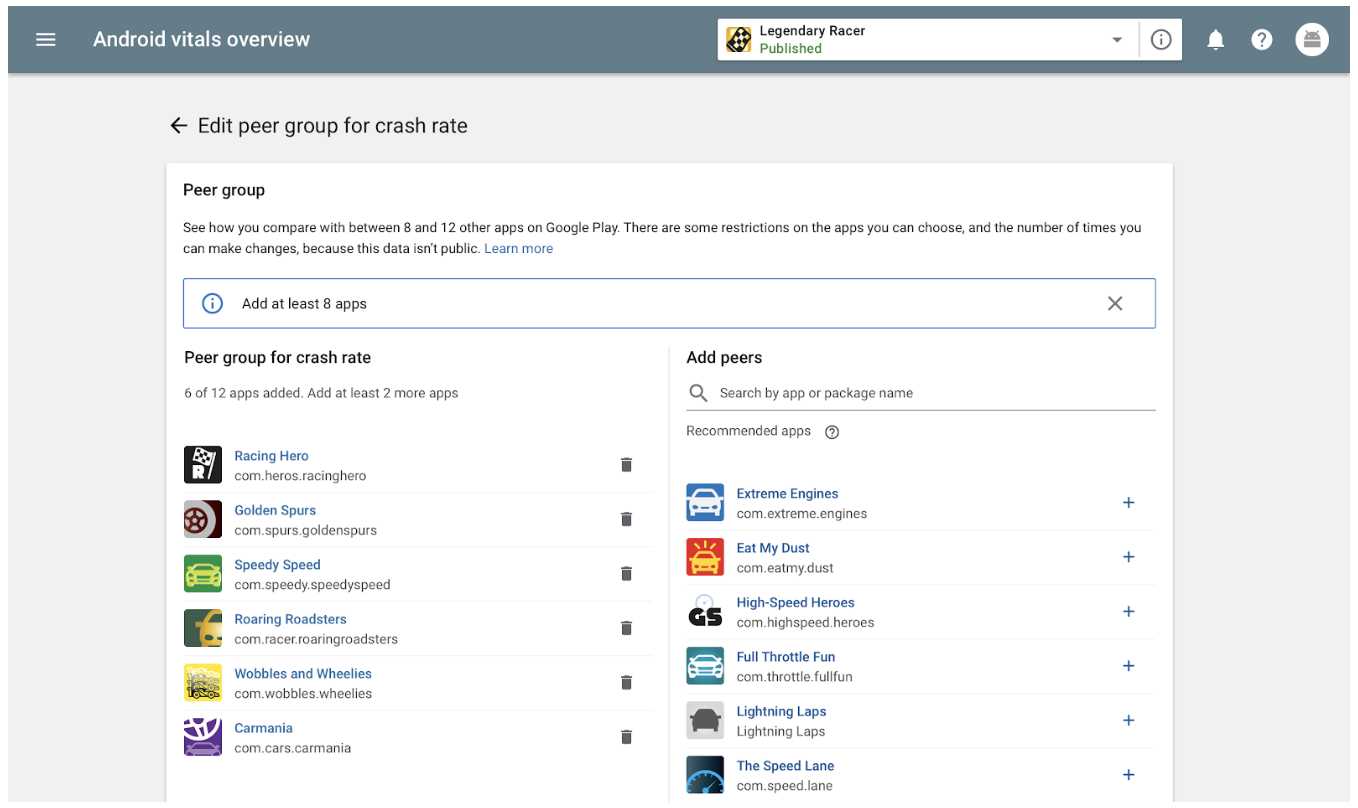Posted by Dave Burke, VP of Engineering

Android Q Beta 5 launches today! Today we're rolling out Beta 5, bringing Android Q Beta very close to the system behaviors you'll see in the final release. Developer APIs were already finalized in the previous update. So, now is the time to test your apps for compatibility and make sure they are ready!
You can get Beta 5 today on Pixel devices by enrolling here. If you're already enrolled and received Beta 4 on your Pixel device, you'll automatically get the update to Beta 5. Partners participating in the Android Q Beta program will also be updating their devices to Beta 5 over the coming weeks.
To get started with Android Q Beta, visit developer.android.com/preview.
What’s in Beta 5?
The Beta 5 update includes the latest Android Q system images for Pixel and Android jEmulator, along with the final Android Q developer APIs (API level 29), the official API 29 SDK, and updated build tools for Android Studio. These give you everything you need to test your apps on Android Q and build with Android Q features.
Gestural navigation updates
As we talked about at Google I/O, we’ve been working closely with device-maker partners to ensure a standardized Android gestural navigation for users and developers. Gestural navigation lets apps use the full screen for content while minimizing the visible system chrome and navigation – which is particularly important on today’s edge-to-edge screens. In Beta 5 we’re continuing to improve and polish based on your feedback and we wanted to provide an update on a few key areas.
We’ve introduced a swipe gesture from either corner to get to the Assistant - you’ll notice indicators in the bottom corners that we’re continuing to tune.
For apps using a navigation drawer, we’ve added a peek behavior when users have grabbed the drawer to indicate that a swipe will bring in the navigation drawer. This works for all versions of DrawerLayout, with DrawerLayout 1.1.0-alpha02 optimized for the best experience.
Custom launchers are another area where we’ve heard feedback and we’re continuing to work on issues, particularly with stability and Recents. Starting in Beta 6, we’ll switch users to 3-button navigation when they are using a custom launcher by default. We’ll address the remaining issues in a post-launch update allowing all users to switch to gestural navigation. Meanwhile, please continue to give us your feedback.
Get your apps ready for Android Q!
With the consumer release coming soon, it’s highest priority for all Android developers to update your current apps for compatibility as soon as possible.
Here’s how to do it:
- Install your app on Android Q: Install your current app from Google Play onto an Android Q Beta device or emulator, then test. Your app should run and look great and run well, with full functionality. handle all of the Android Q behavior changes properly. Watch for impacts from privacy changes, gestural navigation, changes to dynamic linker paths for Bionic libraries, and others.
- Test with the Android Q privacy features, such as the new location permissions, restrictions on background activity starts, changes to data and identifiers, and others. See the privacy checklist to get started, and review the behavior changes doc for more areas to test.
- Test for uses of restricted non-SDK interfaces and move to public SDK or NDK equivalents instead. Details here.
- Test the libraries and SDKs in your app: Make sure they work as expected on Android Q and follow best practices for privacy, performance, UX, data handling, and permissions. If you find an issue, try updating to the latest version of the SDK, or reach out to the SDK developer for help. You can also report SDK compatibility issues here.
- Update and publish your compatible app: When you’ve finished your testing and made any updates, we recommend publishing your compatible app right away. This lets Android Beta users test the app now, and helps you deliver a smooth transition to users as they update to Android Q.
We realize that supporting these changes is an investment for you too, and we're working to minimize the impact on your apps and be responsive to your input as we move toward the final release.
Enhance your app with Android Q features and APIs
Next, when you're ready, dive into Android Q and learn about the new features and APIs that you can use. Here are some of the top features to get started with.
We recommend these for every app:
- Dark Theme: Ensure a consistent experience for users who enable system-wide dark theme by adding a Dark Theme or enabling Force Dark.
- Support gestural navigation in your app by going edge-to-edge and making sure your custom gestures are complementary to the system navigation gestures.
- Optimize for foldables: Deliver seamless, edge-to-edge experiences on today’s innovative devices by optimizing for foldables.
We recommend these if relevant for your app:
- More interactive notifications: If your notifications include messages, enable suggested replies and actions in notifications to engage users and let them take action instantly.
- Better biometrics: If you use biometric auth, move to BiometricPrompt, the preferred way to support fingerprint auth on modern devices.
- Enriched recording: To support captioning or gameplay recording, enable audio playback capture -- it’s a great way to reach more users and make your app more accessible.
- Better codecs: For media apps, try AV1 for video streaming and HDR10+ for high dynamic range video. For speech and music streaming, you can use Opus encoding, and for musicians, a native MIDI API is available.
- Better networking APIs: If your app manages IoT devices over Wi-Fi, try the new network connection APIs for functions like configuring, downloading, or printing.
These are just a few of the many new features and APIs in Android Q -- to see them all, visit the Android Q Beta site for developers.
Publish your app updates to Google Play
As soon as you're ready, publish your APK updates to Google Play that are compiled against, or optionally targeting, API 29. To make sure that your updated app runs well on Android Q as well as older versions, try using Google Play testing tracks. With tracks you can safely get early feedback from a small group of users -- including Beta 5 users — and then do a staged rollout to production.
How do I get Beta 5?
It’s easy! Just enroll any supported Pixel device here to get the update over-the-air. If you're already enrolled, you'll receive the update soon and no action is needed on your part. Downloadable system images are also available here. Partners who are participating in the Android Q Beta program will be updating their devices over the coming weeks. See android.com/beta for details.
To get started developing, download the official API 29 SDK and tools into the stable release of Android Studio 3.4, or for the latest Android Q support update to Android Studio 3.5 Beta. Then follow these instructions to configure your environment, and see the release notes for known issues.
There will be one more Beta release before the consumer launch later this quarter. Please continue to share your feedback and requests -- you can use our hotlists for filing platform issues (including privacy and behavior changes), app compatibility issues, and third-party SDK issues.
Also, the Android engineering team will host a Reddit AMA on r/androiddev to answer your technical questions about Android Q later this month. Look out for an announcement on r/androiddev with details in the coming weeks. We look forward to addressing your questions!



























